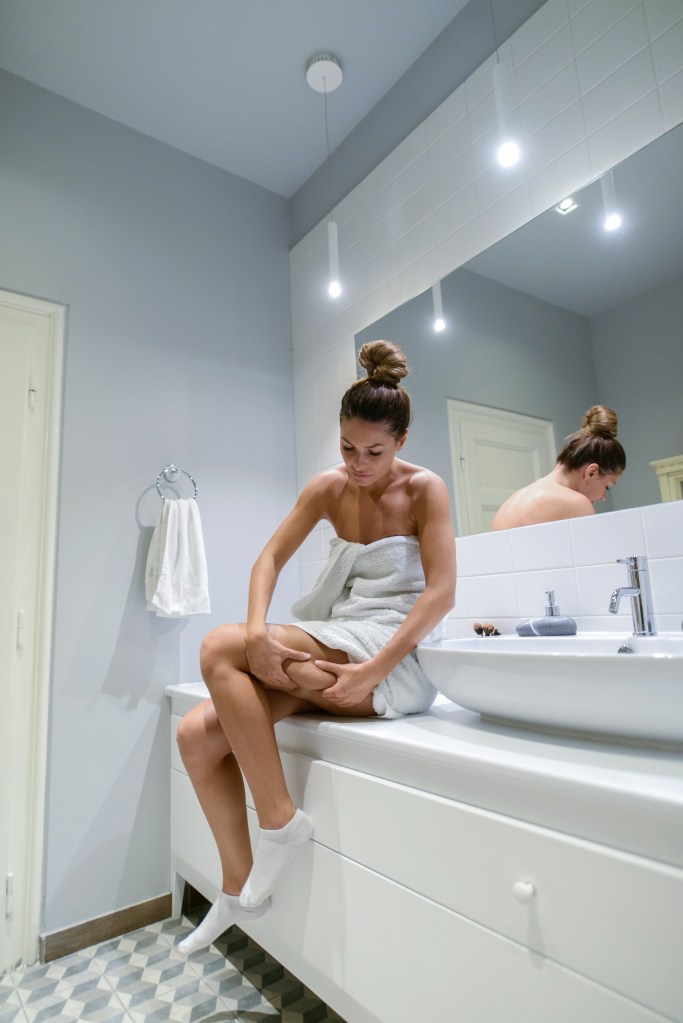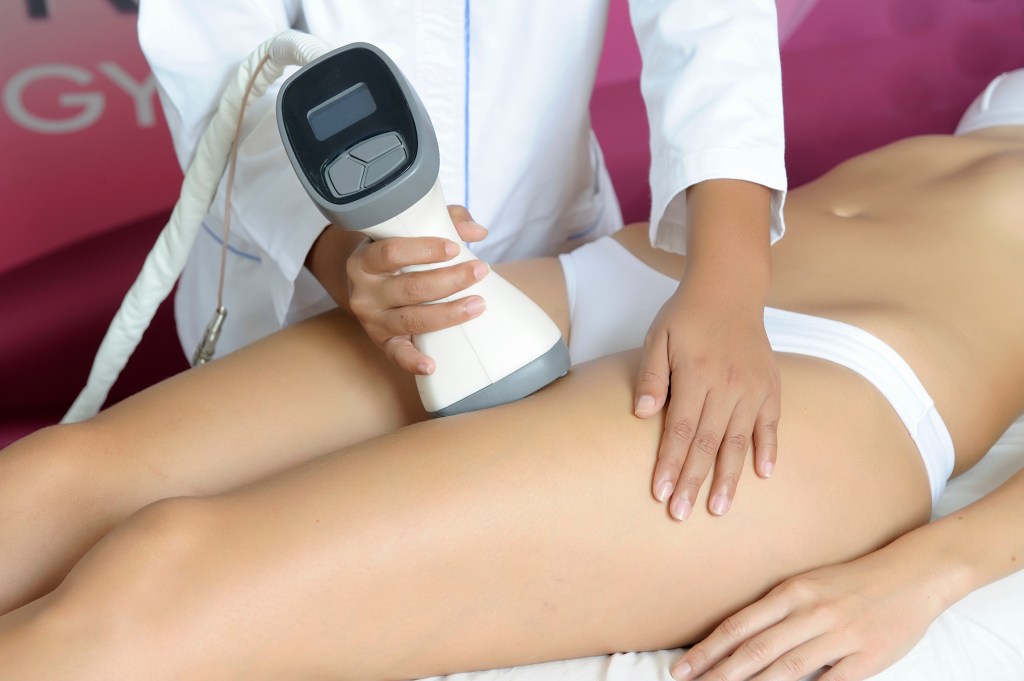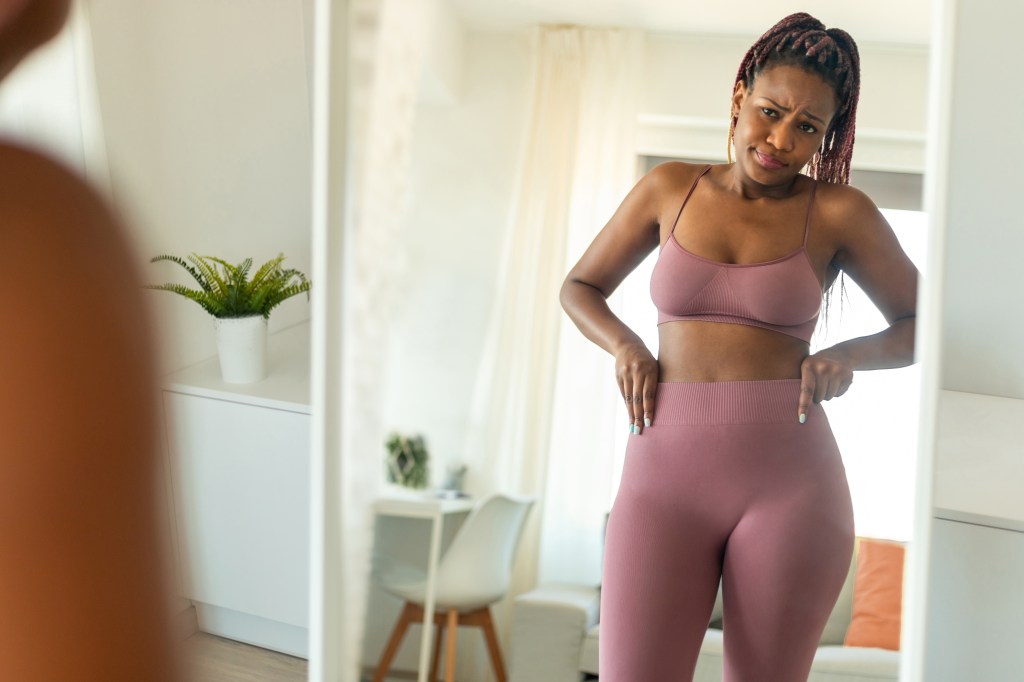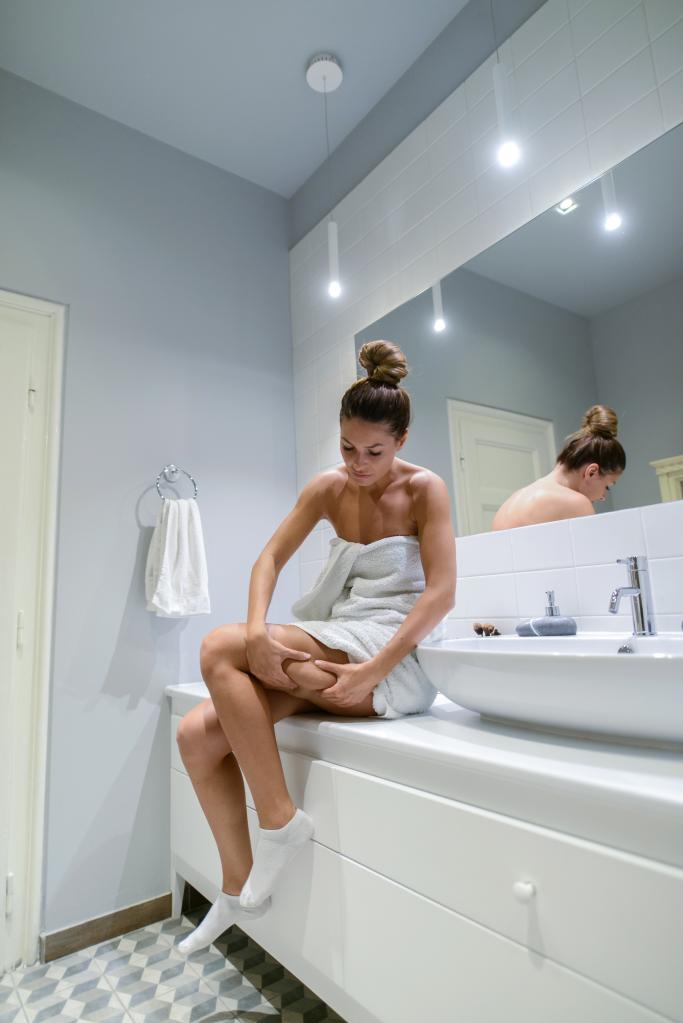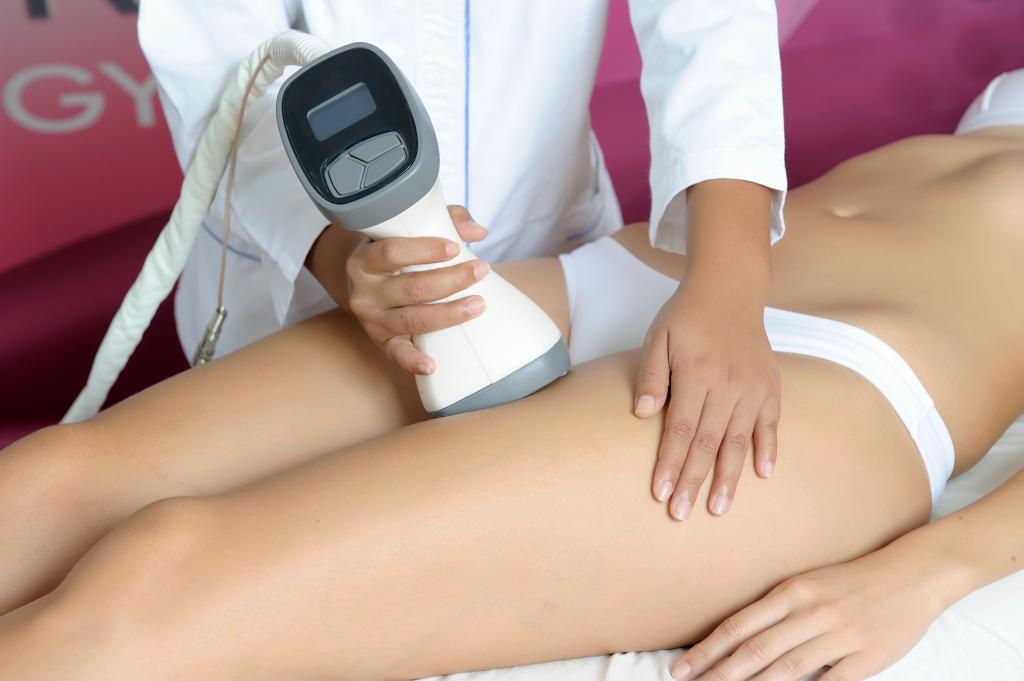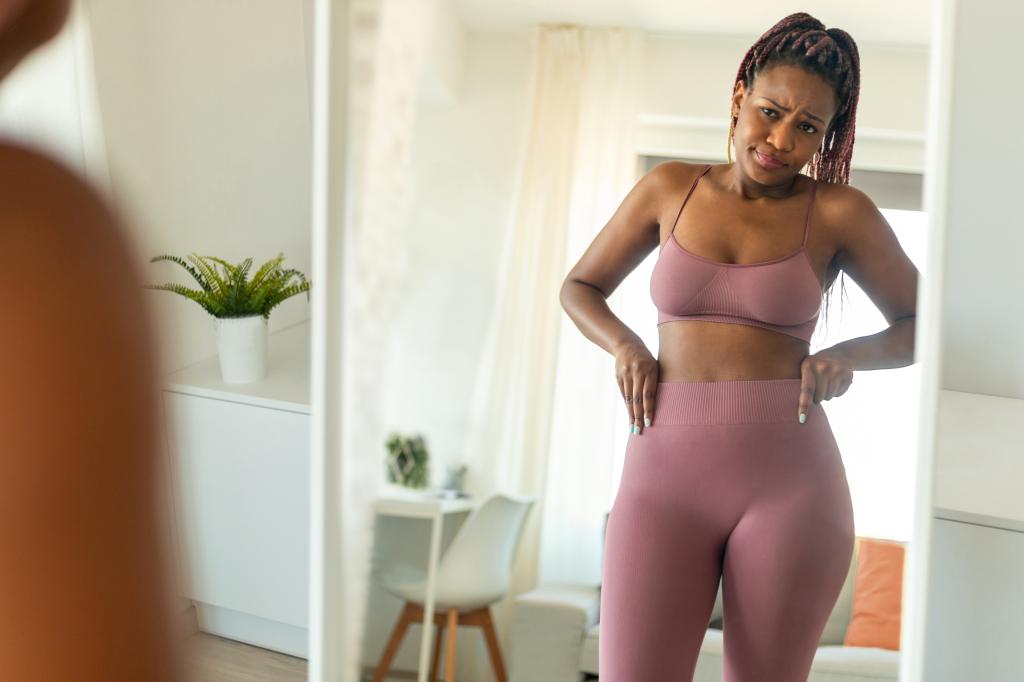Gen Z’s latest obsession is a designer vagina surgery inspired by porn, social media
More than half a million Australians have had – or have considered – designer vagina surgery, new research has found, under the influence of mainstream pornography and social media.
Now one of the fastest growing cosmetic procedures among young people in Australia and worldwide, the surgery, known as labiaplasty, involves the removal or altering of tissues from the labia, the folds of skin that sit on either side of a person’s vaginal opening.
While there can be health reasons for reducing the size of the labia, the “unrealistic body standards” modeled both within porn and on social media are to blame for a new generation of people with vaginas considering the procedure purely for cosmetic reasons, a study published on Monday by Women’s Health Victoria and YouGov found.
The Real Bodies: Understanding and Celebrating Labia Diversity report surveyed 1030 girls, women and gender-diverse people aged to 18 to 50 about their attitudes toward their genitalia. Almost a quarter (23 per cent) of respondents aged to 18 to 24 said they felt anxious, unhappy or embarrassed about how their labia look, while 35 per cent said they associated it with negative words like “weird”, “disgusting” or “ugly”.
“Although conversations around sex and body positivity have come such a long way, my generation still don’t often talk about labia,” respectful relationships and consent advocate Libby Payne said.
“Many people my age don’t know the difference between the vagina and the vulva, let alone that labia come in all shapes and sizes.”
A whopping one in 10 respondents – the equivalent of more than half a million Aussies – said they had or have considered the procedure, which carries significant risk and is not proven to improve self esteem, body image or sexual satisfaction.
Of those, almost half (46 percent) said their decision was influenced by images and videos online. One in five (19 percent) of Gen Zs said they obtain their information of what their genitalia “should look like” through porn, in which performers’ labia are often airbrushed, filtered, and even surgically altered.
Almost a third of Gen Zs said they obtain their information of what genitalia “should look like” – prompting calls from experts and medical professionals for more inclusive relationship and sexual education in all schools, and faster progress on the Federal Government’s regulation of young people’s access to online pornography.
“When we fail to provide sex and relationships education that includes the true diversity of human bodies it’s no wonder young people assume the genitalia they see in porn are the norm,” Payne said.
Start and end your day informed with our newsletters
Morning Report and Evening Update: Your source for today's top stories
Thanks for signing up!
“While there is great porn that can boost self-confidence and pleasure, there is still a lot out there that can be damaging. The unrealistic body standards that are modeled both within porn, and in our social media advertising, can cause young people to be concerned their own vulva doesn’t look right, or is misshapen.”
The young people the 24-year-old works with, she said, “list the endless pressures they feel are placed on how their bodies should look, such as being hairless or having a ‘tucked-in’ slit”.
One in eight respondents said they had delayed a GP visit for sexual and reproductive concerns due to being embarrassed about the appearance of their labia, while 13 percent said they have felt embarrassed or unwilling to have sex.
“Increasingly I’m hearing they are anxious and embarrassed about their body as they are worried their partner is comparing it to what they have seen in porn,” Payne added.
“We cannot leave our young people thinking their bodies are wrong.
“We must encourage conversation that normalizes and celebrates the differences in size, color, symmetry, and shape of the vulva and labia.”
Dr Melissa Kang, who works with marginalized young people, particularly on adolescent sexual health, echoed the sentiment.
“What we need to talk about more, especially with young women and girls (cis and trans inclusive), is how labia are diverse and unique, and come in all different shapes, sizes and colors,” Kang said.








